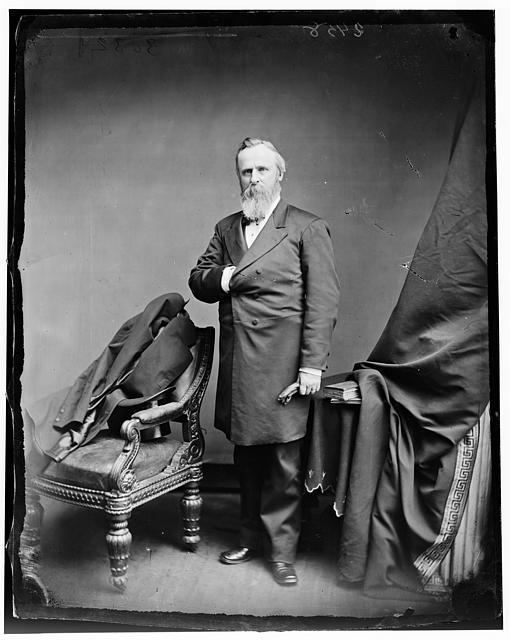The presidency of Rutherford B. Hayes stands as a pivotal era marked by significant shifts in policy and ideology, particularly concerning Native American affairs. As the 19th President of the United States, Hayes grappled with the complexities of westward expansion, assimilation efforts, and the preservation of indigenous rights. His approach to Native American policy reflected both the prevailing attitudes of his time and his own evolving perspectives, leaving behind a legacy that continues to spark debate and analysis.
Born on October 4, 1822, in Delaware, Ohio, Hayes ascended to the presidency in 1877 following a contentious and disputed election. Despite the controversy surrounding his victory, Hayes assumed office with a commitment to reform and reconciliation, including efforts to address the plight of Native American tribes caught in the midst of rapid territorial expansion and cultural upheaval.
One of the defining moments of Hayes’s presidency concerning Native American policy was his administration’s response to the ongoing conflicts between settlers and the indigenous peoples of the Great Plains. Throughout the late 19th century, tensions escalated as settlers encroached upon traditional Native lands, leading to violent clashes and widespread displacement.
In his inaugural address, Hayes emphasized the need for peace and justice in dealings with Native American tribes, advocating for policies that would promote cooperation and mutual respect. However, the reality of implementing such policies proved to be far more complex, as competing interests and deep-seated prejudices often hindered progress.
One of Hayes’s early initiatives was the appointment of reform-minded officials to key positions within the Bureau of Indian Affairs (BIA), the federal agency responsible for overseeing Native American affairs. Under the leadership of Secretary of the Interior Carl Schurz, Hayes sought to root out corruption and improve the administration of Indian reservations, aiming to foster economic development and educational opportunities for indigenous communities.
Central to Hayes’s approach was the concept of assimilation, influenced by prevailing notions of “civilizing” Native Americans and integrating them into mainstream American society. This vision was embodied in the establishment of off-reservation boarding schools, where Native children were forcibly removed from their families and subjected to cultural indoctrination aimed at eradicating their traditional ways of life.
While Hayes’s intentions may have been rooted in a desire to uplift Native communities, the implementation of assimilationist policies often resulted in the erosion of indigenous cultures and the loss of tribal identity. Critics argue that such measures amounted to cultural genocide, perpetuating a legacy of trauma and dislocation that continues to reverberate within Native communities today.
However, Hayes also took steps to recognize the sovereignty and autonomy of Native American tribes, signing legislation that affirmed their right to self-governance and land ownership. The Dawes Act of 1887, though flawed in its execution, sought to allot individual plots of land to Native families, with the aim of promoting agricultural self-sufficiency and encouraging assimilation into American society.
Yet, the Dawes Act ultimately had devastating consequences for many Native communities, as it led to the loss of millions of acres of tribal land through fraudulent practices and coercion. The policy of allotment further fragmented indigenous territories and weakened tribal governments, exacerbating poverty and social dislocation among Native populations.
Hayes’s tenure also witnessed significant developments in the legal status of Native Americans, most notably through the passage of the Major Crimes Act of 1885, which extended federal jurisdiction over certain offenses committed on Native lands. This expansion of federal authority represented a significant departure from previous policies of tribal sovereignty, signaling a shift towards greater federal intervention in Native affairs.
Despite Hayes’s efforts to promote reform and justice in Native American policy, his administration was unable to fully address the systemic injustices and inequalities facing indigenous communities. The legacy of his presidency remains a complex and contested terrain, marked by both progress and setbacks in the ongoing struggle for indigenous rights and sovereignty.
Rutherford B. Hayes’s Native American policy reflects the broader contradictions and complexities of America’s relationship with its indigenous peoples during the late 19th century. While Hayes sought to promote peace, justice, and assimilation, his administration’s policies often perpetuated injustices and inequalities that continue to resonate in Native communities today. As we reflect on Hayes’s legacy, we are reminded of the ongoing imperative to reckon with the legacies of colonialism and to work towards a more just and equitable future for all Americans.
